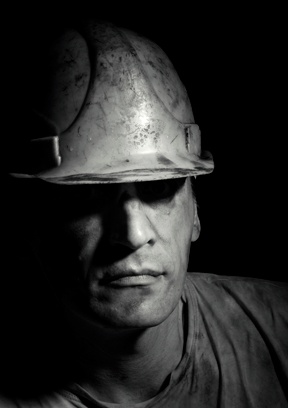 A recent feature story from CBCNews details the unregulated use of mercury as part of mining operations across South America. The article includes the story of Brandon Nichols, a University of British Columbia grad student who ventured south to research small-scale gold mining operations in Ecuador. His experience included mercury poisoning “two or three times,” including “serious headaches.”
A recent feature story from CBCNews details the unregulated use of mercury as part of mining operations across South America. The article includes the story of Brandon Nichols, a University of British Columbia grad student who ventured south to research small-scale gold mining operations in Ecuador. His experience included mercury poisoning “two or three times,” including “serious headaches.”
According to the article, “Mercury is widely used by the miners because it bonds with gold, allowing it be more easily separated from the ore hauled out of countless mines dotting the countryside.”
Nichols recorded hours of video of the mining and processing techniques that used the toxic liquid metal, and questioned whether cleaning the toxic workshops would ever be possible.
“These guys, they splash it around. The walls are contaminated, the floor, the miner. Essentially every square inch of the place is covered in mercury.”
Inside the workshops, the workers are burning off the mercury to release the gold from the amalgam. The process releases a toxic gas, but workers are not taking any precautions to protect themselves.
“Nichols says he found one exhaust vent spewing toxins between a school and a restaurant in Portovelo, Ecuador.”
The workers, covered in mercury, then carry the poison home, exposing their families and contaminating everything that they touch along the way.
The National Resource Defense Council in Washington D.C. estimates that nearly 1,400 tons of mercury is used by miners every year, and that the largest source of mercury pollution is these small-scale mining operations.
Exposure to mercury can create neurological problems, and is especially toxic to children. It has shown to lower IQs, “cause people to lose control of their extremities,” and “cause genetic defects that can be passed onto future generations.”
Experts think fixing the problem will be difficult because mining can be the only source of income for an estimated 15 million people worldwide, including women and children. Gold prices are still high, providing “a big opportunity for the poor.”
click here to watch the video http://www.cbc.ca/i/caffeine/syndicate/?mediaId=2681308356
Teledyne Leeman Labs instruments are used for the analysis of Mercury. Contact us for more information on these instruments.
To read the entire story, visit CBC.ca.

